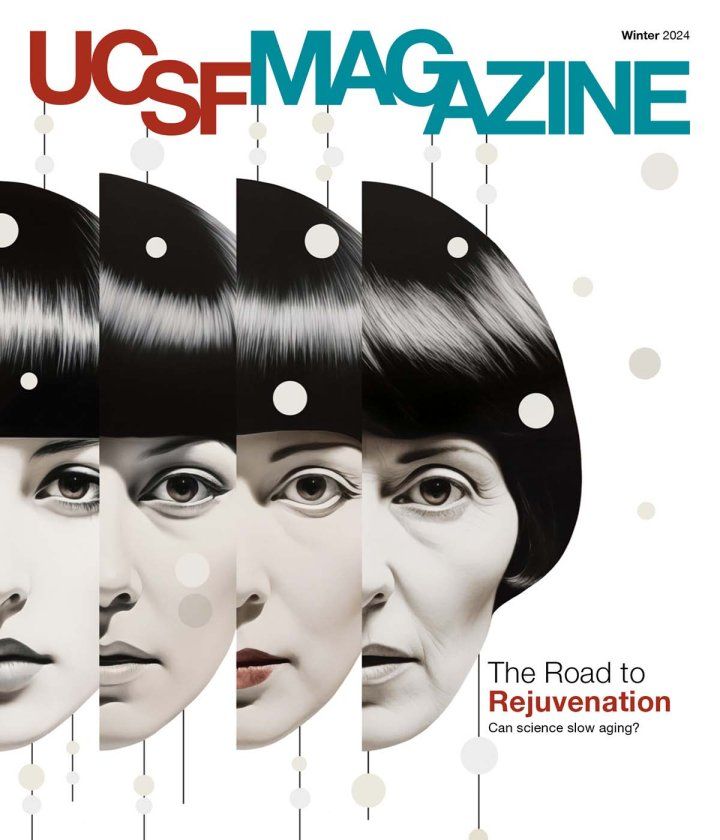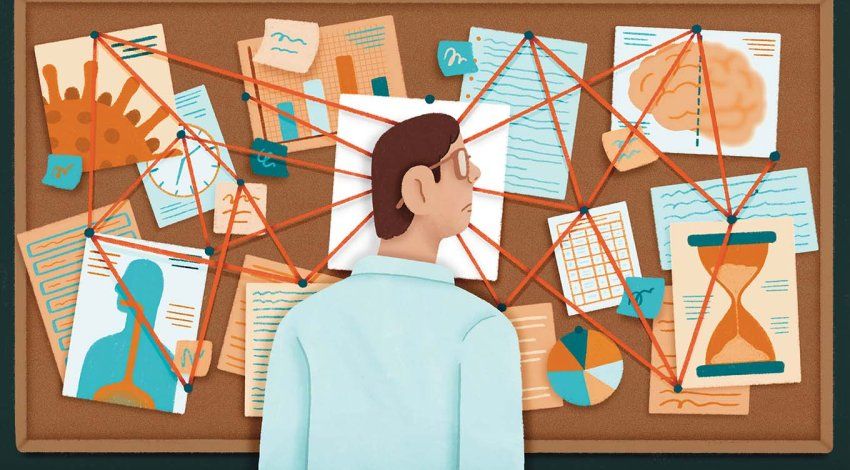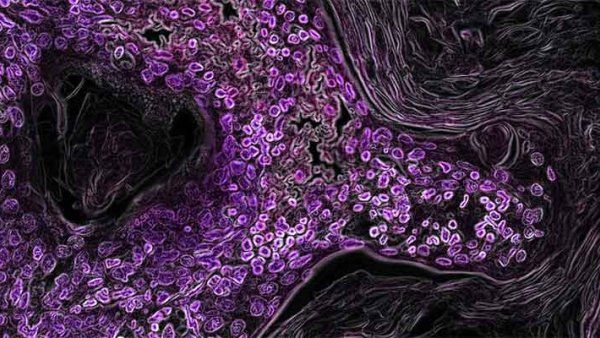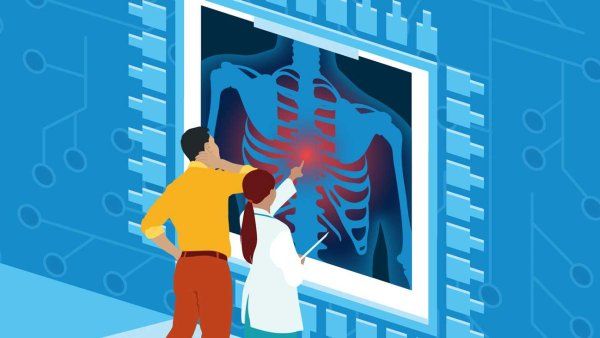
12 Ways UCSF Is Exploring the Lungs
A world of science is examining the centerpiece of our respiratory system.
Newly discovered impediments to breathing easy
-
Climate change is expected to increase lung cancer rates, due to escalating exposure to particulate matter in air pollution.
-
Workers making popular artificial-stone countertops are developing a potentially deadly, irreversible lung disease from toxic dust.
-
Lots of smokers show symptoms that are akin to those of tobacco-related diseases but that don't fit the criteria of any existing lung diseases.
-
Using race-based equations to evaluate lung disease (a common practice) may mean that severe disease in Black patients is classified as moderate.
Why is smoke from wildfires so bad?
While the science is nascent, the secret may lie in the tiny particles the smoke contains. They can work their way deep into the lungs. This pollution can make respiratory conditions like asthma worse and increase the risk of respiratory infections, such as bronchitis
and pneumonia.
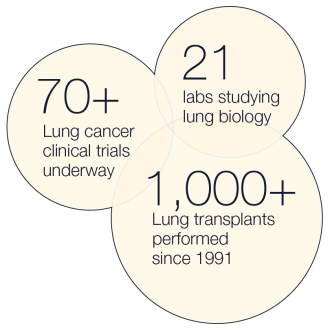
Our lungs by the numbers
-
We take about 20,000 breaths a day on average.
-
Our lungs have about 300 million to 500 million tiny air sacs called alveoli.
-
The surface area of our lungs is roughly the same size as a tennis court. The total length of the airways running through them is 1,500 miles.
Blood factory
Over half of mouse platelets are made in the lungs, not the bone marrow. The finding may also pertain to humans and holds promise for treating certain blood disorders.
Ending asthma
Experts aim to prevent asthma by editing the genes of microbes in the gut and airways that play a role in the disease.
Curbing the deadliest cancer
Lung tumors are populated by a cornucopia of cancer cells. This makes lung cancer difficult to treat, as each type of cell responds differently to therapies – or not at all. But a groundbreaking study captured the genetic profiles of individual tumor cells and showed how the cells evolve during treatment. This knowledge could help thwart lung cancer drug resistance.
Decoding inflammation
When an airborne virus is inhaled, the same molecular signals that trigger an immune response to fight off the pathogen can lead to dangerous lung inflammation. Researchers seek to unmask these mixed signals, which could lead to new ways to prevent damage.

Newly discovered impediments to breathing easy
-
Climate change is expected to increase lung cancer rates, due to escalating exposure to particulate matter in air pollution.
-
Workers making popular artificial-stone countertops are developing a potentially deadly, irreversible lung disease from toxic dust.
-
Lots of smokers show symptoms that are akin to those of tobacco-related diseases but that don't fit the criteria of any existing lung diseases.
-
Using race-based equations to evaluate lung disease (a common practice) may mean that severe disease in Black patients is classified as moderate.
Why is smoke from wildfires so bad?
While the science is nascent, the secret may lie in the tiny particles the smoke contains. They can work their way deep into the lungs. This pollution can make respiratory conditions like asthma worse and increase the risk of respiratory infections, such as bronchitis
and pneumonia.
Our lungs by the numbers
-
We take about 20,000 breaths a day on average.
-
Our lungs have about 300 million to 500 million tiny air sacs called alveoli.
-
The surface area of our lungs is roughly the same size as a tennis court. The total length of the airways running through them is 1,500 miles.
Blood factory
Over half of mouse platelets are made in the lungs, not the bone marrow. The finding may also pertain to humans and holds promise for treating certain blood disorders.
Ending asthma
Experts aim to prevent asthma by editing the genes of microbes in the gut and airways that play a role in the disease.
Curbing the deadliest cancer
Lung tumors are populated by a cornucopia of cancer cells. This makes lung cancer difficult to treat, as each type of cell responds differently to therapies – or not at all. But a groundbreaking study captured the genetic profiles of individual tumor cells and showed how the cells evolve during treatment. This knowledge could help thwart lung cancer drug resistance.
Decoding inflammation
When an airborne virus is inhaled, the same molecular signals that trigger an immune response to fight off the pathogen can lead to dangerous lung inflammation. Researchers seek to unmask these mixed signals, which could lead to new ways to prevent damage.
